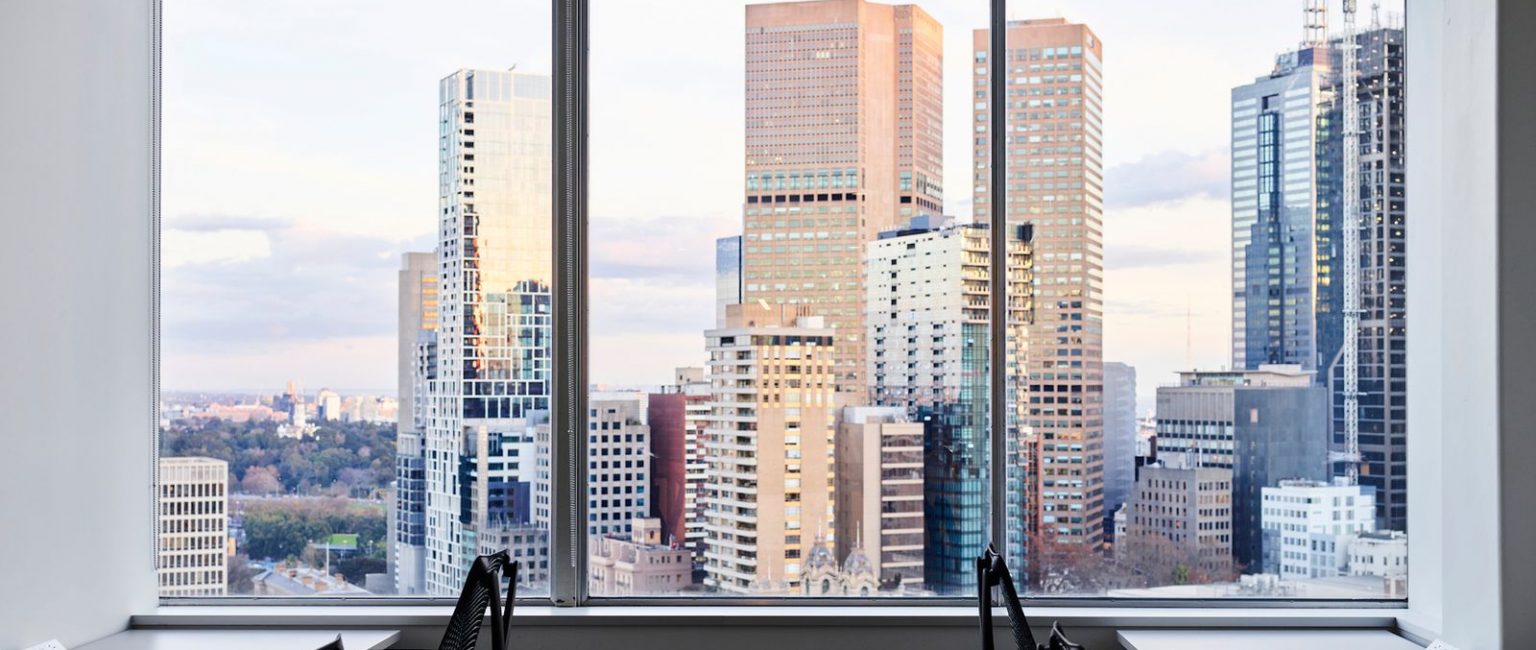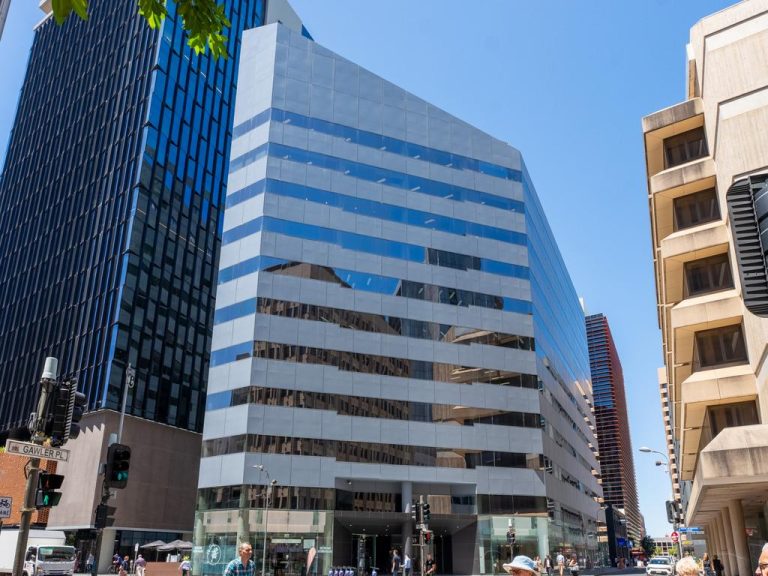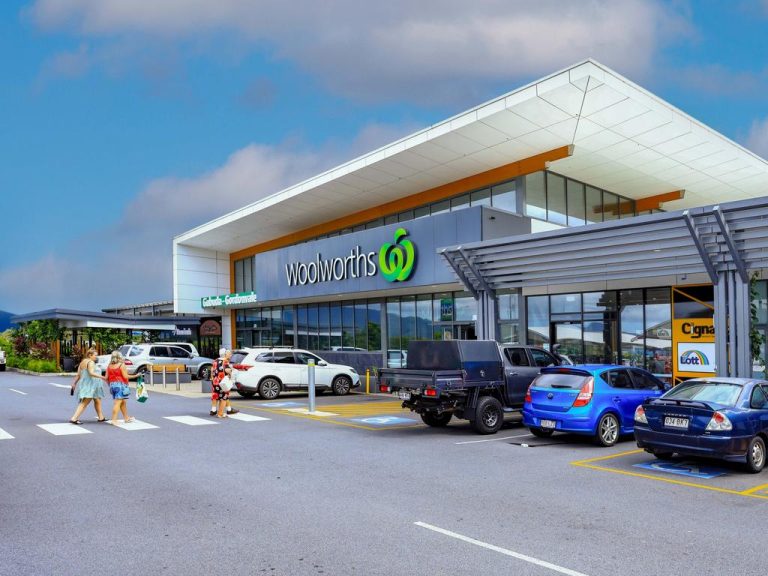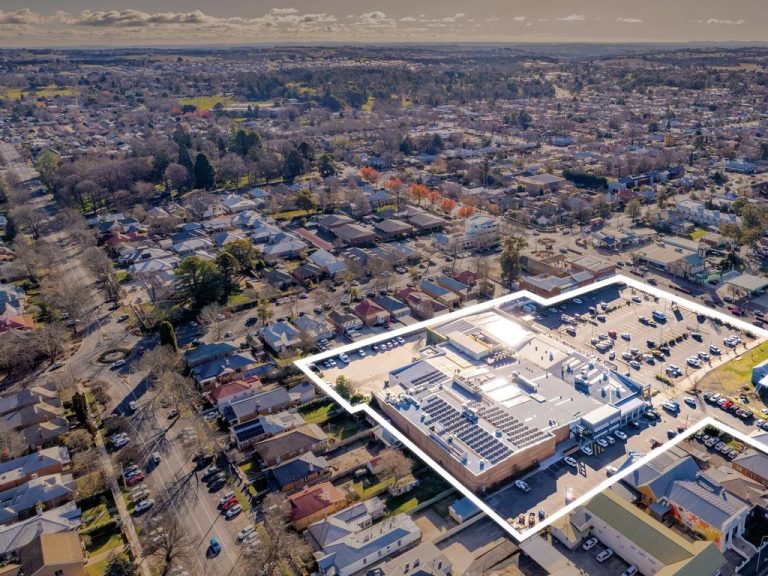What you need to know in property this week

This week in what you need to know in property, realestate.com.au chief economist Nerida Conisbee looks at how China’s GDP woes affect Australia, office vacancy rates and much more.
China’s growth slows to 6.2% – the slowest rate in three decades
China’s annual GDP growth of 6.2% is the slowest in three decades. The trade war is having a significant impact on exports, but domestic growth is also poor.
Conditions are not expected to improve over the next six months. Beijing and Washington recently agreed to a temporary truce in their months-long trade war and are planning to restart trade talks.
It is likely that the Chinese government will introduce measures to stimulate the economy – this could include interest rate cuts or increased infrastructure spending.

President Trump is keen for the Federal Reserve to cut rates. Picture: Getty
Melbourne has quite a lot of new supply which will mean the vacancy rate will creep up a bit, but rental growth is still expected to occur.
Sydney’S office vacancy rate will continue to push down given the supply cycle seems to be starting later.
Even Perth’s CBD, where the vacancy rate reached around 25%, is seeing more favourable conditions.
With rents pushing up, it isn’t great news for tenants but anyone owning an office building would be feeling pretty happy at the moment. Buyer demand also continues to be strong.
Clearance rates
Nothing new to report – still high in Melbourne and Sydney but off very low auction numbers.
We are yet to see a material lift in the number of people going to auction.
Bad times for department stores continue
David Jones cut 120 jobs last Friday and Myer is no longer leasing the top floor of the Emporium in Melbourne CBD which will instead be converted to a co-working space – also reflecting strong office demand.
At this stage, no store closures have been announced, however it is likely that the size of department stores will be shrinking for the remainder of the year.
The downward trend in spending at department stores has been going on for a very long time now.

David Jones cut 120 jobs recently. Picture: Getty
In the early 1980s, around 13% of retail spending was at department stores, this is now just 5.8%.
While department store spending has been dropping long term, we are spending more on food – this includes at supermarkets and food speciality stores but also on cafes, restaurants and takeaway.
This will make it tough for shopping centre owners who are already grappling with store closures, a rapid change in the way people shop and low levels of retail spending.
Many shopping centres have responded by increasing the food component in the speciality mix, but it is likely that even this is at saturation point.
This article originally appeared on realestate.com.au.







